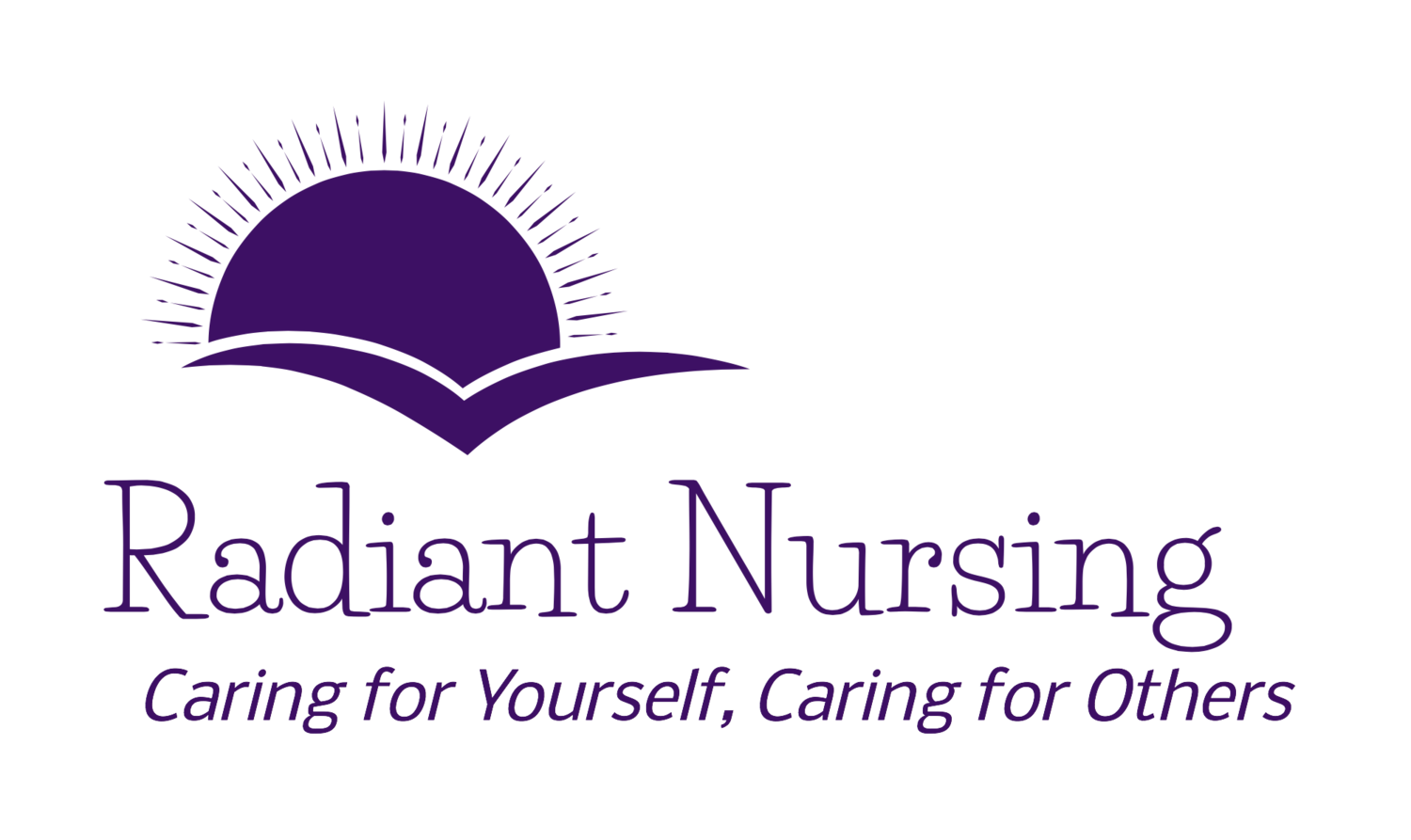The Heart Of A Lion
/Cecil The Lion
“The greatness of a nation and its moral progress can be judged by the way its animals are treated.”
All of us have lion hearts. Sometimes we have to find them.
Cecil The Lion
Cecil the Lion – with his black mane, was a major attraction and beloved animal in the Hwange National Park in Zimbabwe. He was a source of national pride.
He lived on protected territory and was part of a University of Oxford research program.
He was illegally hunted and killed. The hunters were well aware that what they did was illegal. Cecil had a tracking device that the hunters tried to destroy, unsuccessfully.
The lion killer bragged to a waitress that he "killed the biggest lion in the world."
Great, so none of the rest of us can enjoy that lion? Could you be any more selfish?
It's an entirely uneven fight. He killed something and proved his power? Seriously? Shooting a gun full of bullets kills any and everything. That's a given fact and no big surprise. He acts like this makes him important. How can that possibly make you superior?
What if the hunter had said instead, "I saw the biggest lion in the world and look at this photo." Wouldn't we all be able to share in the joy of it and pat him on the back?
Trophy Hunting Of Endangered Animals
What destruction must drive through someone's heart to need to partake of trophy hunting? Hearts devoid of compassion and love, unable to empathize or grasp the pain or suffering of others. The hunters try to justify their actions with defensiveness.
Trophy hunters purposefully use the key word "took" instead of "kill" in an attempt to lull others into thinking it is less violent than it is. That is exactly the word the killer of Cecil used in his letter to his dental patients.
Fighting Our Causes
All of us have political and ethical issues that are near and dear to our hearts. One issue is not more or less valuable than the other. Certainly, one single person cannot carry the burden of every single issue that exists. If this is not an issue that speaks to you, that is your right.
Working together, on all our different issues, hopefully our combined efforts will change the world for the better.
Because change is needed. Desperately.
“Since 1986, WildCRU, now with over 50 researchers, has grown to be one of the largest and most productive conservation research institutes in the world.”
WildCRU (Wildlife Conservation Research Unit) is the conservation group that was tracking Cecil. WildCRU is part of the University of Oxford, within the Department of Zoology. You can visit their website to learn more about them or to donate to their work.
The Tears Of A Lion
Sometimes an issue is so difficult to face and full of sorrow that we turn away. It can be difficult to fight or even direct positive energy, because the situation causes us great pain or makes us angry. These are the moments we have to remind ourselves to keep going forward.
We have to walk through that pain or anger. We can't let the darkness stop us from moving into the light, exactly what darkness would want.
We have to find the heart of a lion within us.
Loving And Caring For Our Animals
Some people belittle those who are fighting for Cecil the Lion, for caring so deeply for animals. It's okay to love our animals and our planet with all your heart.
Our animals need our help. They don't have our human voices to yell about the wrongs, nor the money to make people listen.
We are their voices.
“Until one has loved an animal, a part of one’s soul remains unawakened.”








